In today’s digital age, social media has become integral to our daily lives. While it offers numerous benefits, such as staying connected with friends and accessing information quickly, it also has a darker side. Social media platforms have sophisticated mechanisms that can subtly manipulate your opinions and behaviors. Here are some key ways this happens:
Algorithmic Bias and Echo Chambers

Social media platforms use complex algorithms to curate the content you see. These algorithms prioritize content aligning with your past behavior, creating a feedback loop reinforcing your beliefs. This phenomenon, known as an echo chamber, limits your exposure to diverse perspectives and can skew your perception of reality.
The Spread of Misinformation

Misinformation and fake news spread rapidly on social media, often outpacing factual news. This is partly because sensational or emotionally charged content is more likely to be shared. The rise of deep fakes—realistic but fake videos created using advanced AI—further complicates distinguishing between actual and manipulated content.
Bots, Trolls, and Emotional Manipulation

Automated accounts (bots) and trolls can amplify certain messages, making them appear more popular or credible than they are. Additionally, content that triggers strong emotions like anger or fear is more likely to go viral, manipulating public perception and discourse.
Influencer Marketing and Political Propaganda
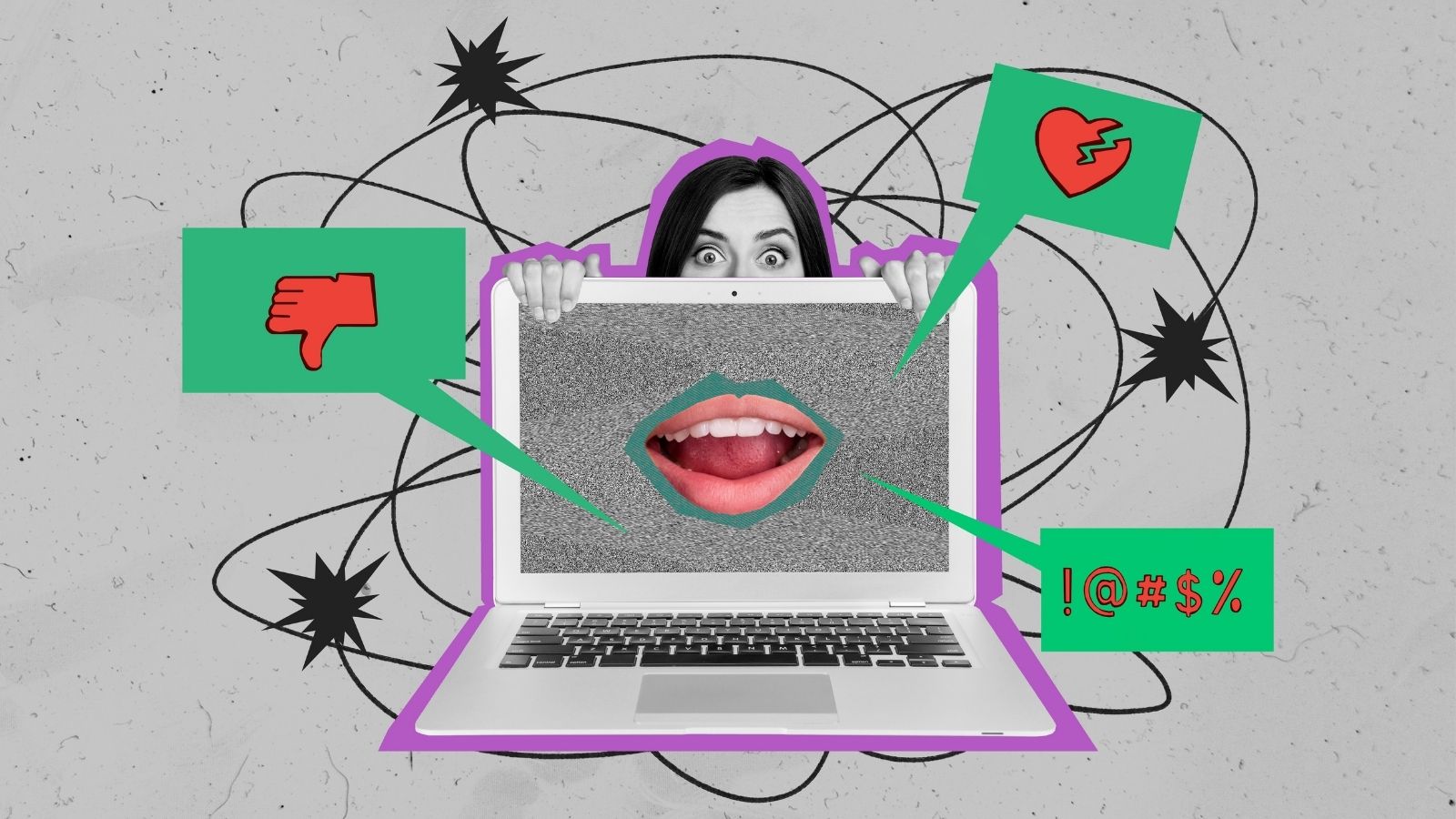
Influencers can subtly promote products or ideas, blurring the line between genuine opinion and paid promotion. Governments and political groups also use social media to spread propaganda, manipulating public opinion on a large scale.
Data Harvesting and Psychological Profiling

Your data is constantly collected and analyzed to target you with specific ads and content. Social media companies create psychological profiles based on your behavior, predicting and influencing your actions. This practice, known as surveillance capitalism, monetizes your online behavior.
Filter Bubbles and Selective Exposure

Personalized content filters create a bubble around you, isolating you from differing viewpoints. People tend to follow accounts that align with their views, further narrowing their information sources. This selective exposure reinforces confirmation bias, making you more resistant to opposing views.
Astroturfing and Microtargeting

Astroturfing involves creating fake grassroots movements to give the illusion of widespread support for a cause. Microtargeting tailors ads and content to specific demographics, making manipulation more effective. These tactics can significantly influence public opinion and behavior.
Manipulated Metrics and Cognitive Overload
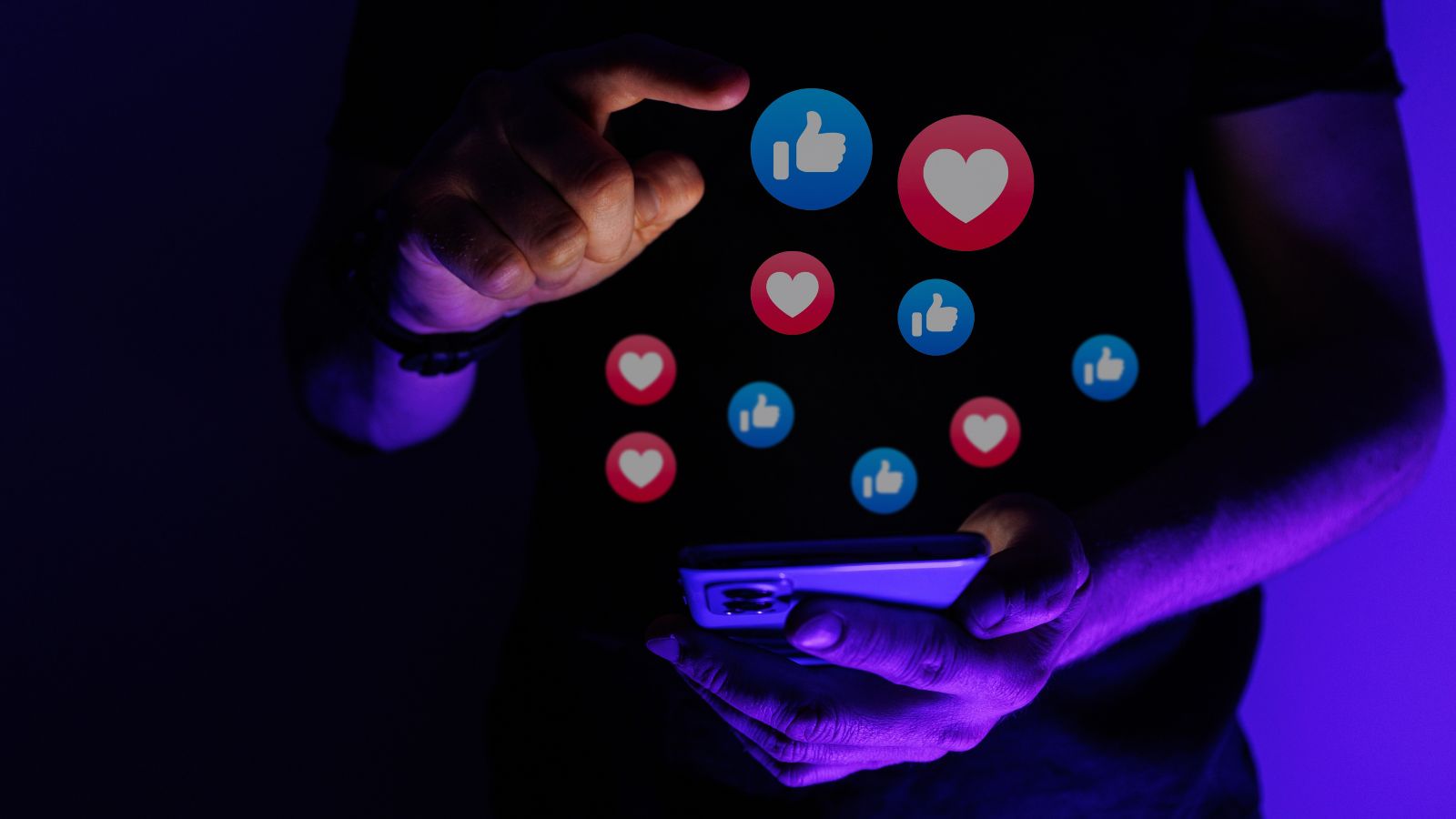
Likes, shares, and comments can be artificially inflated to make content seem more popular. The sheer volume of information on social media can overwhelm you, making it harder to evaluate content critically. This cognitive overload can lead to passive information consumption, increasing susceptibility to manipulation.
Behavioral Nudging and Social Proof
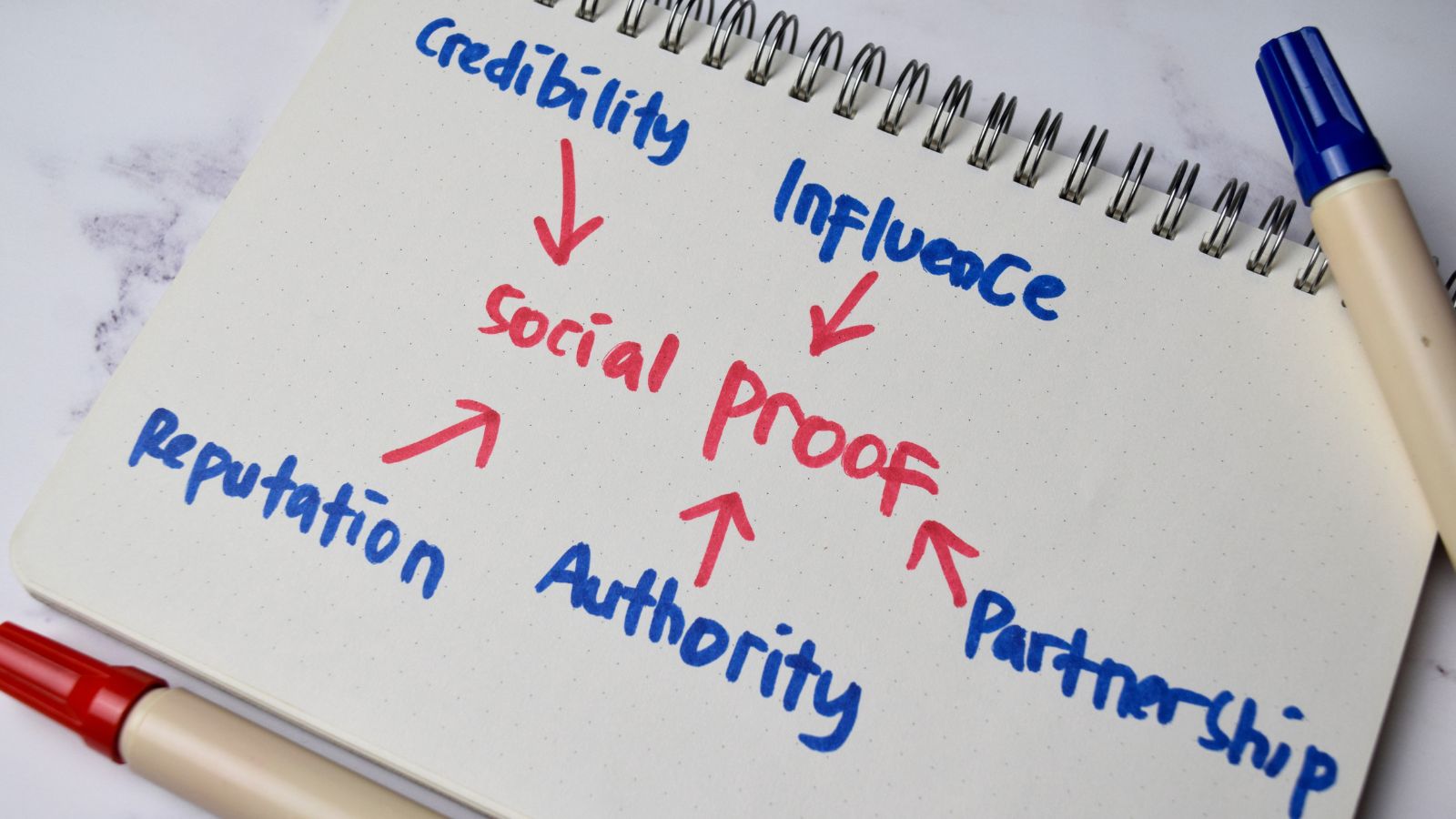
Subtle design choices on social media platforms can nudge you towards certain behaviors, such as spending more time on the platform. Seeing others engage with content can also make you more likely to believe and share it, regardless of its accuracy.
Shadow Banning
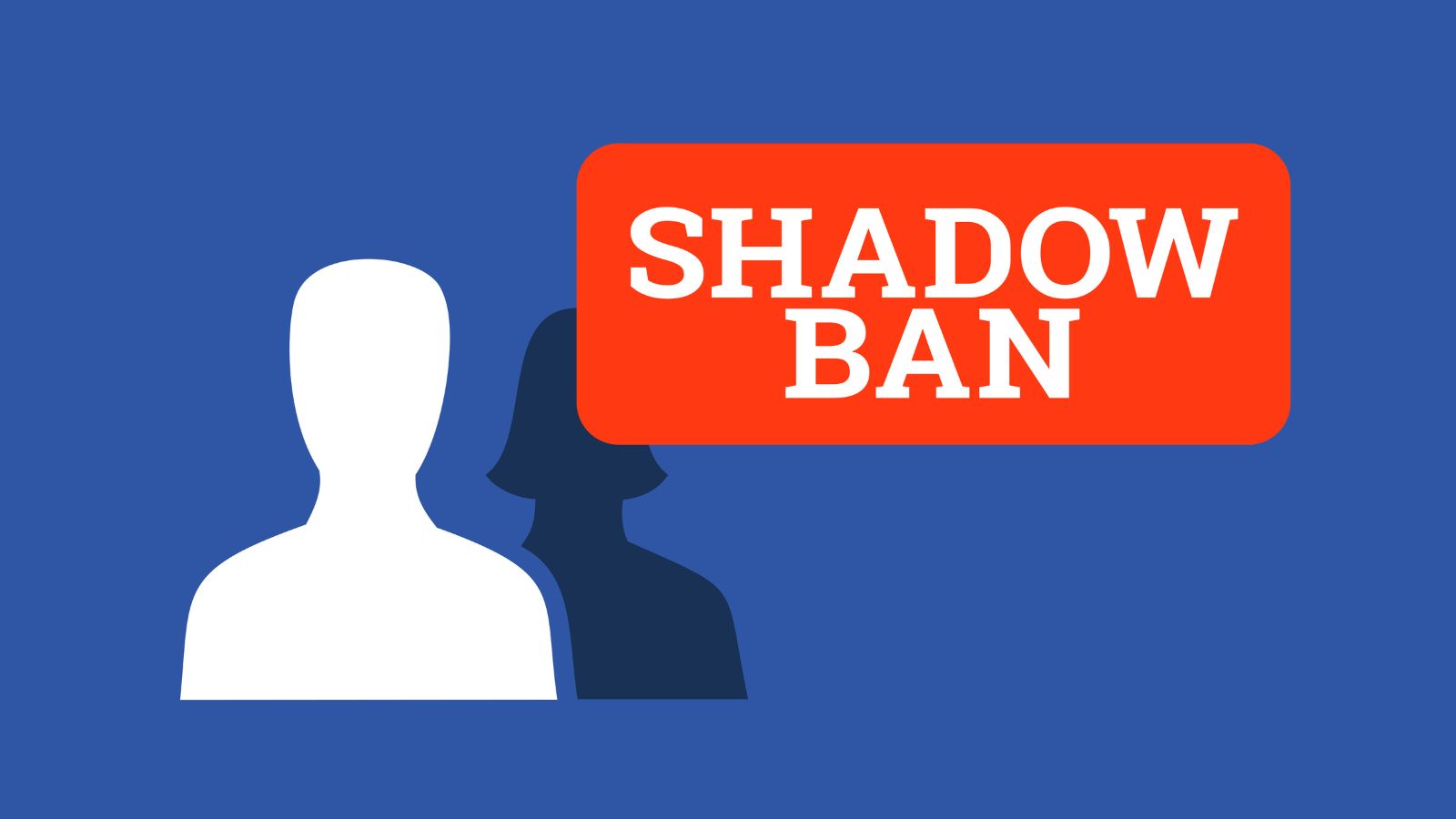
Social media platforms can limit the visibility of users’ posts without their knowledge. Shadow banning can significantly reduce the reach and impact of their content, effectively silencing certain voices. Platforms can subtly influence public discourse and opinions by controlling what content is seen. Users may continue posting, unaware that their audience is not seeing their content, leading to frustration and confusion.
Content Suppression

Social media platforms deliberately limit the visibility of specific topics or viewpoints. This practice can shape public discourse by controlling what information is readily available to users. Social media platforms can influence opinions and behaviors by suppressing specific content, often without users realizing it. This manipulation can create a biased information environment, where only certain narratives are amplified while others are effectively silenced.
Clickbait Headlines
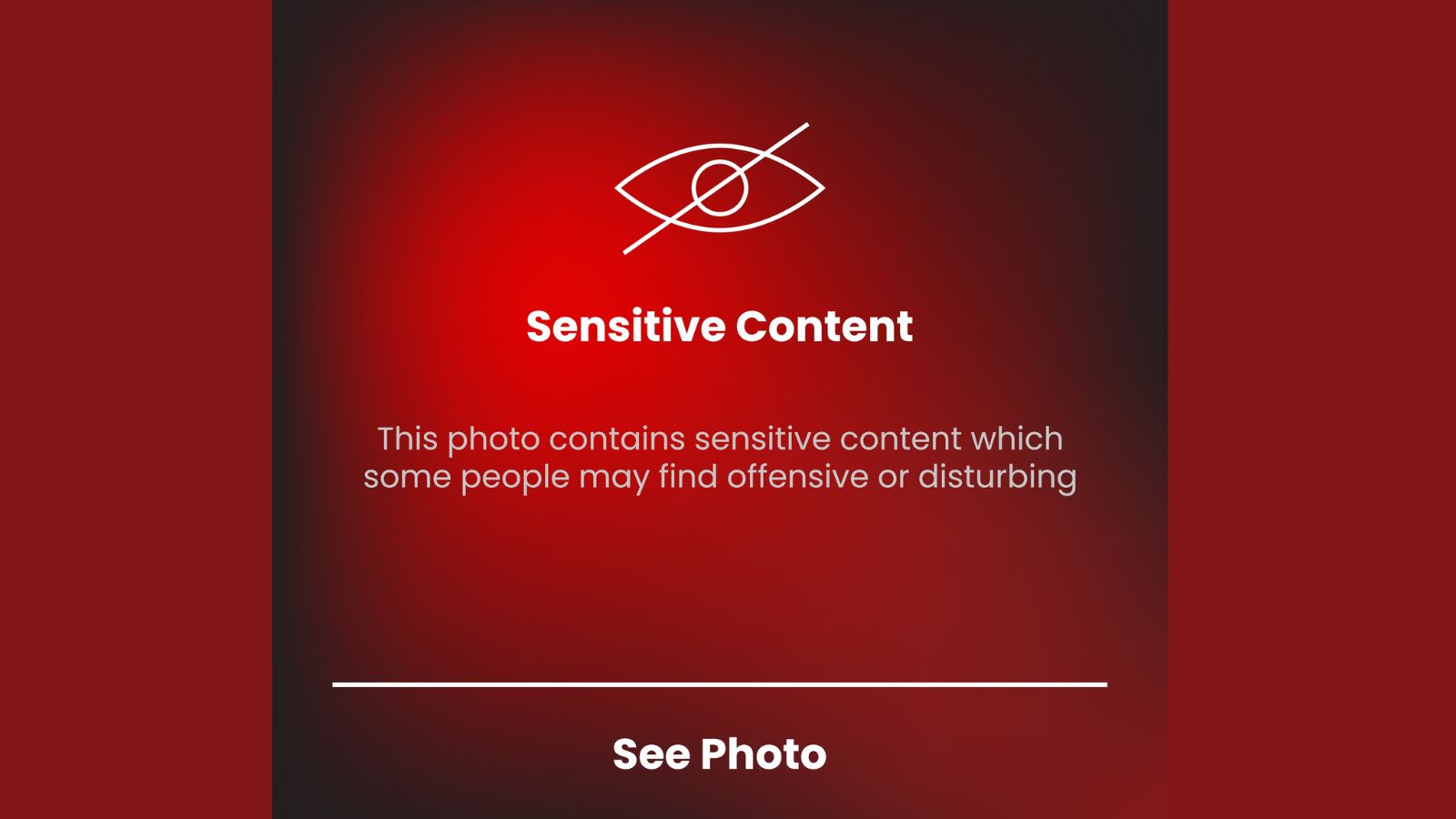
Clickbait headlines are sensationalized titles designed to attract clicks, often at the expense of accuracy. These headlines can shape your perception before you read the article, leading to a distorted view of reality. Social media platforms amplify misleading or exaggerated content by prioritizing virality over veracity. This practice manipulates your opinions and behaviors, as you are drawn to emotionally charged or sensational stories that may not reflect the truth.
Virality Over Veracity

Virality over integrity refers to prioritizing content likely to go viral, regardless of its truthfulness. Social media platforms often amplify sensational or emotionally charged posts to attract engagement.
This practice can distort reality, as misleading or exaggerated content spreads more rapidly than factual information. Consequently, users’ opinions and behaviors are manipulated by the prevalence of viral, yet potentially inaccurate, content.
Behavioral Conditioning

Behavioral conditioning on social media involves repeated exposure to certain types of content, which can shape your opinions and behaviors over time. Similar to classical conditioning, this process subtly influences your reactions and decisions.
By consistently presenting specific messages or themes, social media platforms can condition you to respond in predictable ways, reinforcing desired behaviors and opinions while diminishing critical thinking and independent judgment.
Surveillance and Privacy Invasion

Surveillance and privacy invasion on social media involve constantly monitoring and analyzing your online activities, often without explicit consent. Platforms collect vast amounts of data to create detailed profiles, which are used to target you with specific ads and content. This practice invades your privacy and manipulates your opinions and behaviors by exploiting your personal information for commercial gain.
Manipulative Design

Manipulative design on social media platforms includes features like infinite scroll and autoplay, engineered to keep you engaged longer. These design choices subtly influence your behavior, making it harder to stop consuming content.
Platforms can nudge you towards spending more time online by exploiting psychological triggers, such as notifications and rewards, increasing their influence over your opinions and actions.
Psychological Triggers

Psychological triggers on social media are designed to exploit your natural responses to stimuli, such as notifications, likes, and comments. These triggers create a sense of urgency and reward, encouraging you to engage more frequently and for extended periods.
Social media platforms can subtly influence your behavior and opinions by leveraging these psychological mechanisms, making you more susceptible to manipulation and less likely to evaluate the content you consume.
Content Personalization

Content personalization on social media tailors the information you see based on your past behavior, preferences, and interactions. While this can enhance your user experience, it creates a skewed reality by only showing content that aligns with your interests.
This selective exposure reinforces your beliefs and opinions, limiting your perspective and making you more susceptible to manipulation by narrowing the range of information you encounter.
Social Validation
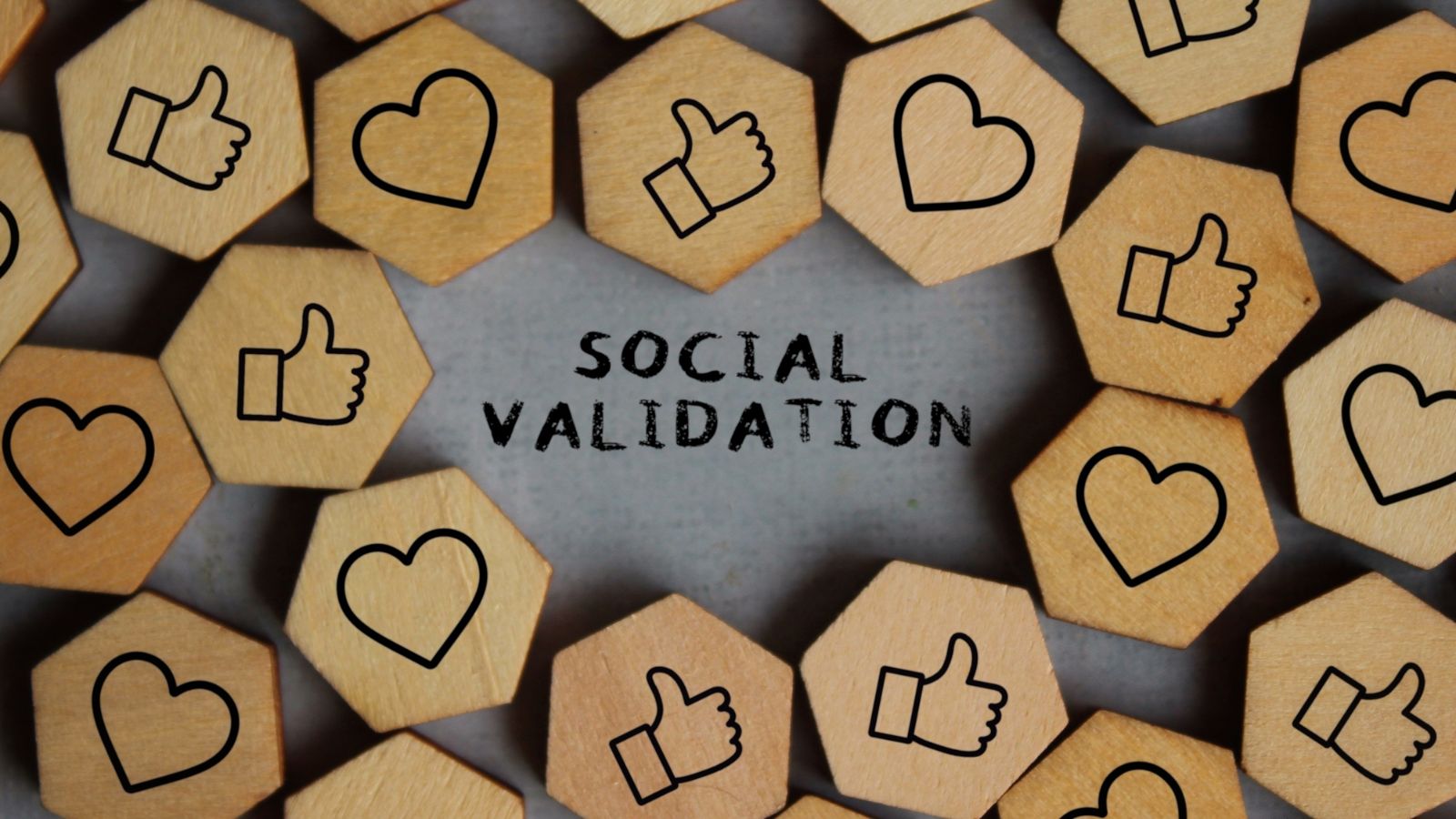
Social validation on social media refers to the influence of likes, shares, and comments on your behavior and opinions. The desire for approval and acceptance can drive you to conform to popular opinions and trends, even if they don’t align with your true beliefs.
This need for social validation can manipulate your actions and reinforce certain viewpoints, making you more susceptible to the influence of the platform’s algorithms and user interactions.
Manipulative Advertising

Manipulative advertising on social media involves tailoring ads to exploit your vulnerabilities and preferences. By analyzing your data, platforms can deliver highly targeted advertisements that subtly influence purchasing decisions and opinions.
These ads often blend seamlessly with regular content, making it indistinguishable between genuine recommendations and paid promotions. This practice manipulates your behavior by leveraging psychological insights to drive engagement and sales.
Conclusion

The influence of social media on our opinions and behaviors is profound and multifaceted. Understanding these mechanisms is crucial for developing critical thinking and media literacy skills. By being aware of how social media can manipulate your opinions, you can take steps to navigate these platforms more mindfully and make more informed decisions.
18 Reasons Why People Are Leaving Florida in Masses

Exploring factors that impact the desirability of living in Florida, this list delves into various challenges shaping residents’ experiences. From environmental concerns like rising sea levels to economic factors such as fluctuating job markets, these issues collectively contribute to a nuanced understanding of the state’s appeal.
18 Reasons Why People Are Leaving Florida in Masses
